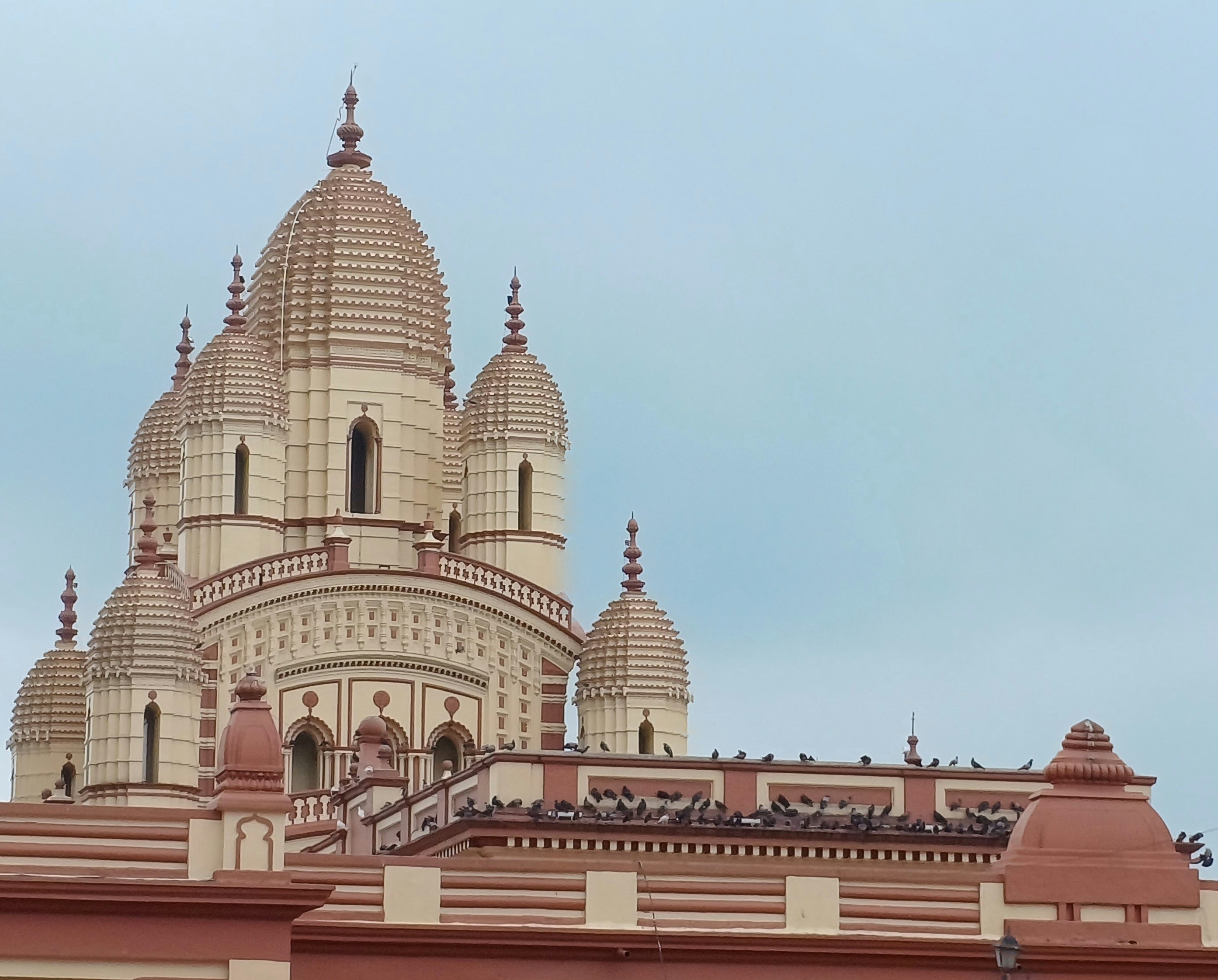

Unraveling the Reason Behind the Black Ram Lalla Murti
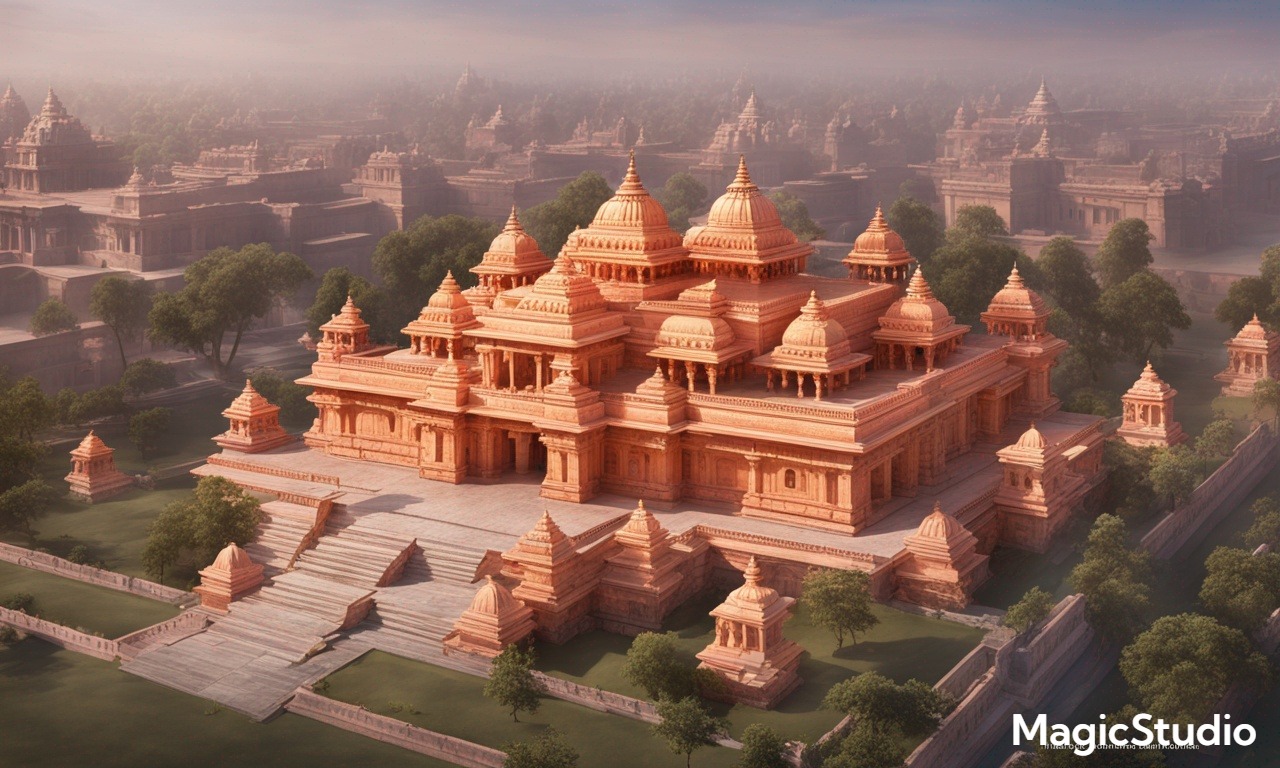

11 Mar 2024
The Sacred Logic behind Ram Murti's Stone and Color Choice
Reminiscing that day, when all of our eyes were glued to the screen for the grand event of Pran Pratisthan happening in Ayodhya. All of us literally paused whatever we were supposed to do on Monday morning and dedicated 3 hours of our time to celebrate the homecoming of Shri Ram to his beautiful abode. And I believe the moment we will never forget was when the magnificent Ram Lalla Murti was shown on live television. The tranquil face, appealing eyes, and beautiful carvings left everyone yearning for a closer look.
However, one mystery persisted: why was the idol in this newly constructed temple black?
Today, In this blog, Let's explore the fascinating story behind this choice
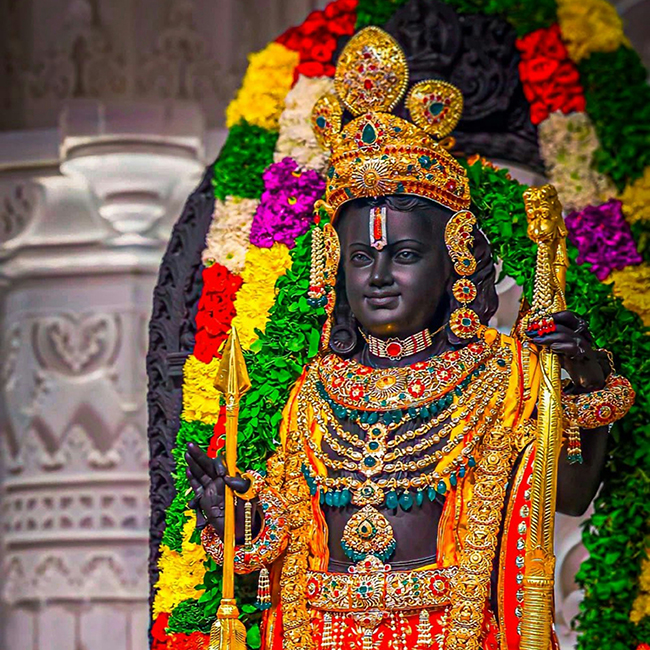
As you may know, the ideal was crafted by the talented Karnataka sculptor Arun Yogiraj using Krishna Shila stone that was taken from Mysore, Karnataka. It stands 51 inches tall. To give you further information about Arun, he hails from a family of well-known sculptors; five generations of his family have all committed their lives to this art form. That is undoubtedly why he is so excellent at this!
This Krishna Shila Stone is actually a bluish grey in colour but if you apply coconut and burnt cocoa powder, it transforms into the iconic black colour which we see.
But why this stone among many others?
Well, the answer lies in one of its extraordinary qualities. The stone is resistant to acid, which means when the offerings are poured on the idol, the stone will remain as it and will not get corroded. Infact, The stone is actually an astounding 2.5 billion years old! It is therefore undeniable that it is resistant to weather, which is why it has been used in numerous 5,000-year-old temples.
And why wasn't it coloured or painted like any other murti we see?
Other than its practical benefits, the stone carries immense level of importance in connection to Lord Ram’s Skin tone as Shyamal Roop, which is described in Maharshi Valmiki's Ramayana as denoting a darker skin tone.
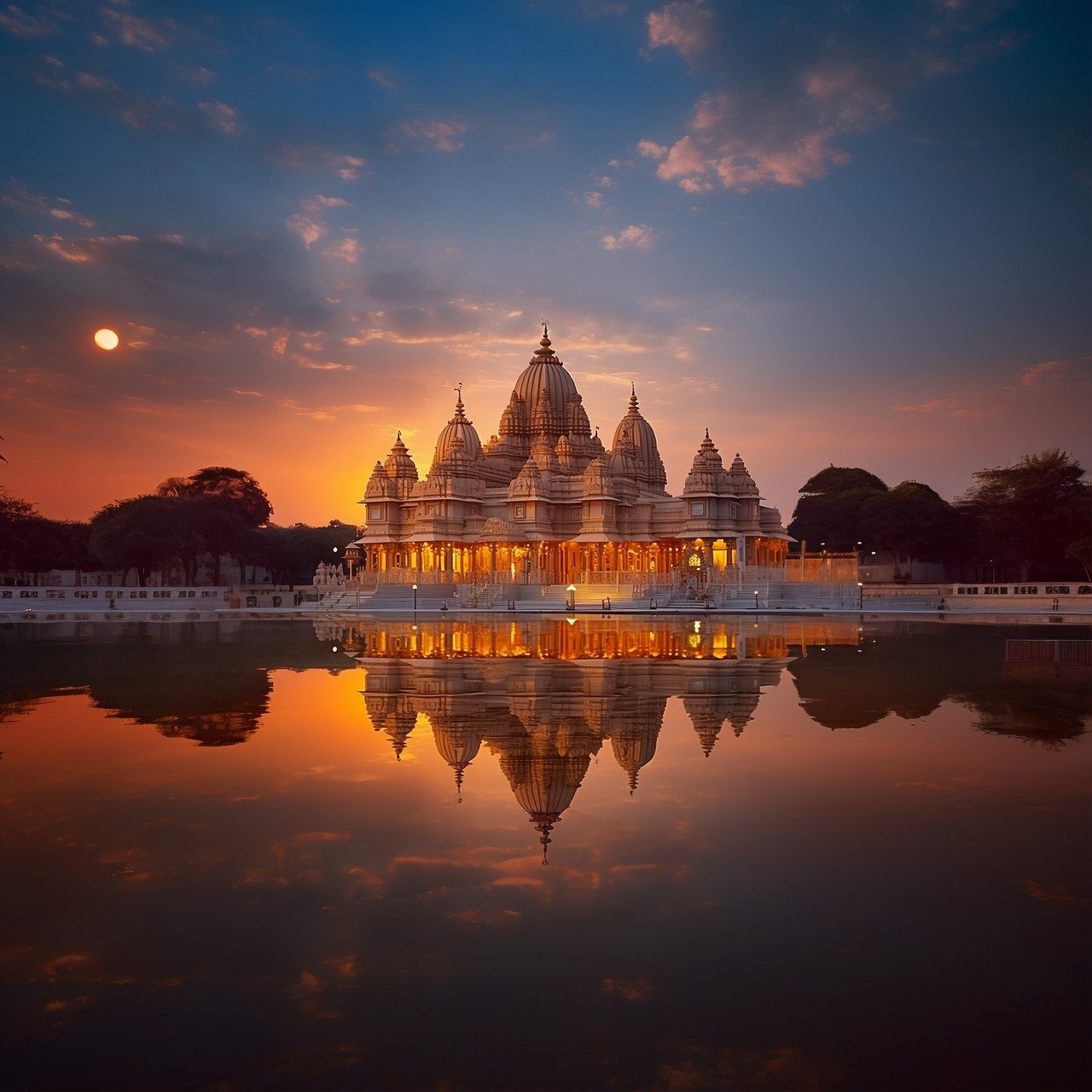
In essence, the ancient origins of the stone resonate deeply with our rich cultural heritage, adding a layer of spiritual significance. It's a continuation of a legacy – timeless sculptures, ancient wisdom, and masterful craftsmanship that connects us to our past in a way we might have missed in recent times.
While words might fall short, the experience is profound.
We at Soil2soul Expeditions offer such scholar-led unique tours, allowing you to explore India’s sacred places in a profound and insightful way. Our immersive journeys go beyond sight-seeing, guiding you through the cultural nuances, spiritual significance and personal growth.
So, embark on a journey that is beyond the ordinary. Book your Soil2soul Expedition experience today and let us guide you on your path to spiritual discovery!
Leave a Reply
Explore by Categories
Most Viewed Blogs
Tags
Location
State





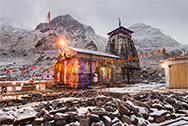


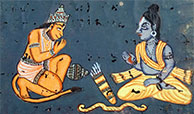

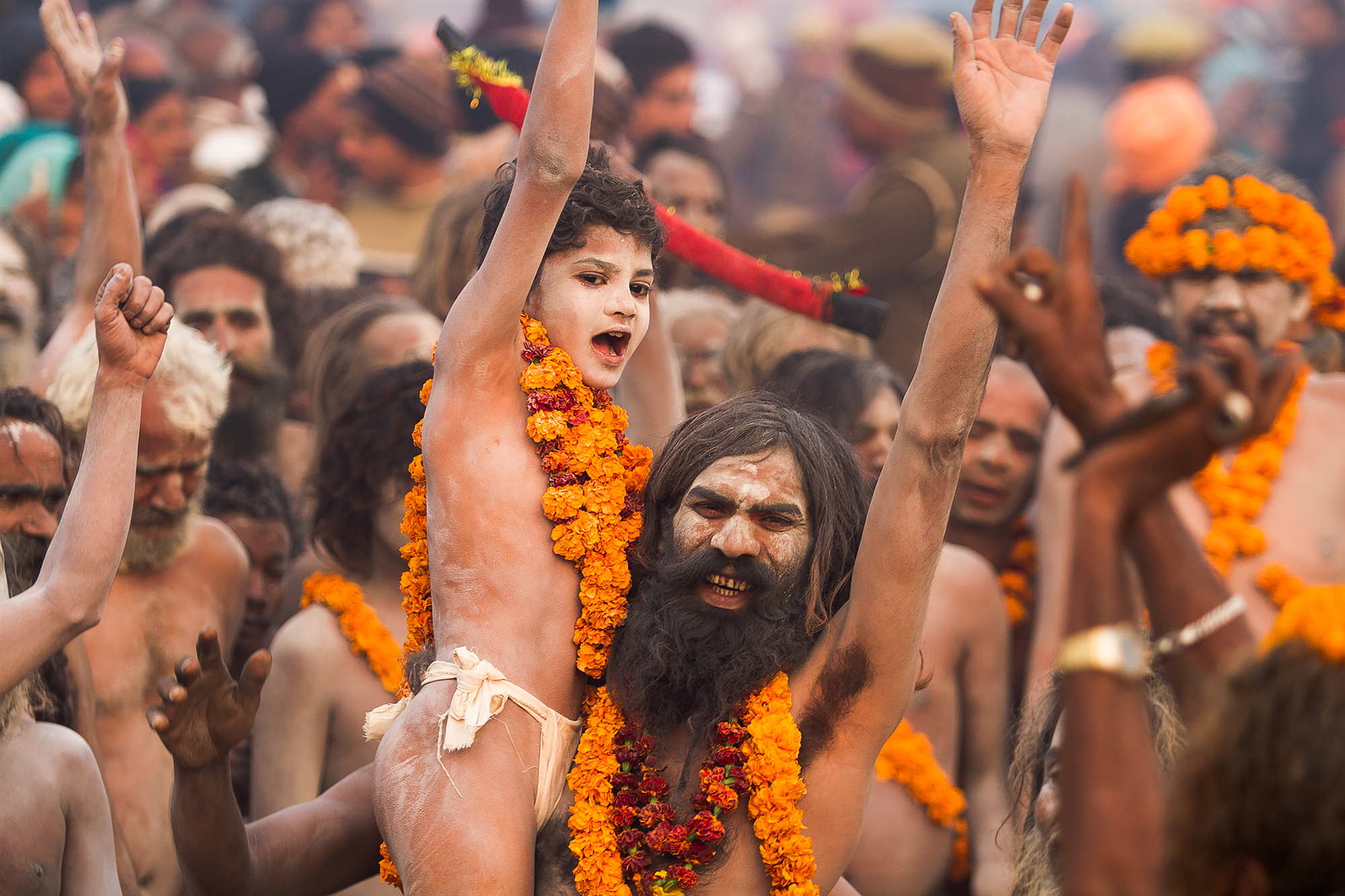
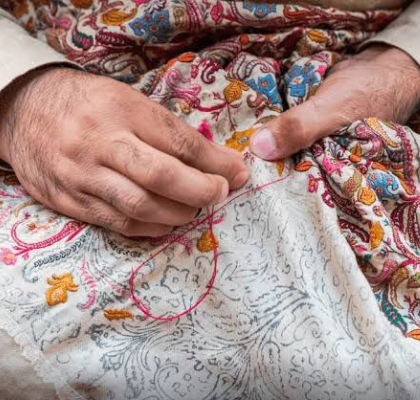
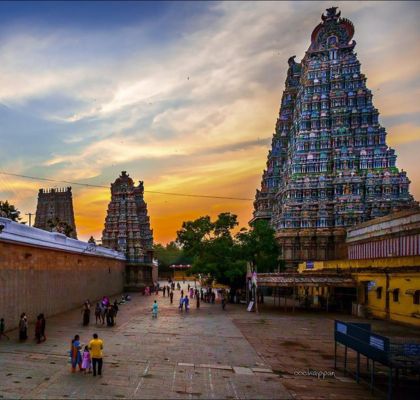

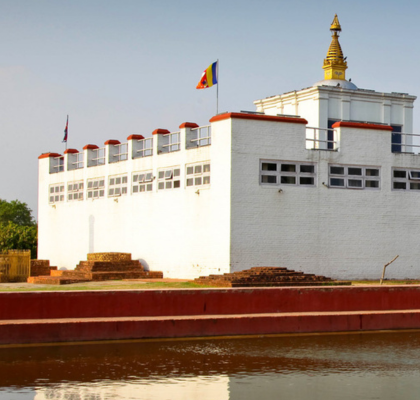

.jpg)
